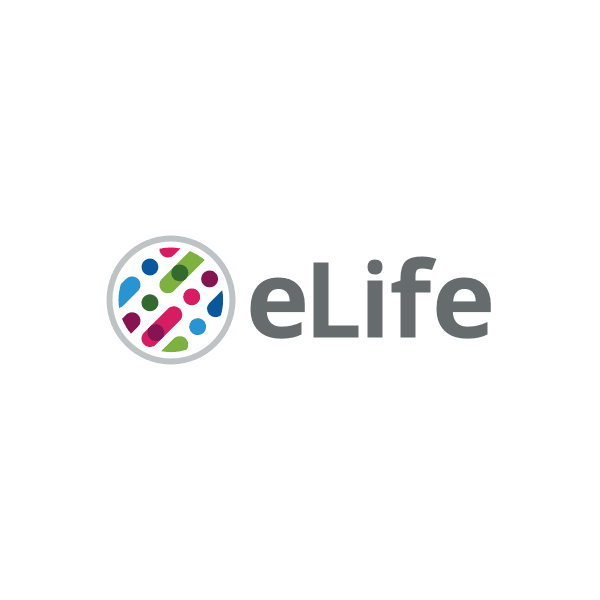ACD is an evolutionary conserved mechanism used by stem and progenitor cells to generate cell diversity during development and regulate tissue homeostasis in the adult. CSCs, present in many human tumors, can divide asymmetrically to generate intratumoral heterogeneity or symmetrically to expand the tumor by self-renewal. Over the past 15 years, it has been suggested that dysregulation of the balance between symmetric and ACDs in CSCs, favoring symmetric divisions, can trigger tumor progression in different types of cancer (Bajaj et al., 2015; Chao et al., 2024; Li et al., 2022), including mammary tumors (Cicalese et al., 2009; Dey-Guha et al., 2011), GBM (Chen et al., 2014), oligodendrogliomas (Sugiarto et al., 2011; Daynac et al., 2018), colorectal cancer (Bu et al., 2013; Hwang et al., 2014), and hepatocellular carcinoma (Hwang et al., 2014). Thus, it is of great relevance to get a deeper insight into the network of regulators that control ACD, as well as the mechanisms by which they operate in this key process.
Drosophila neural stem cells or NBs have been used as a paradigm for many decades to study ACD (Homem and Knoblich, 2012). NBs divide asymmetrically to give rise to another self-renewing NB and a daughter cell that will start a differentiation process. Over all these years, a complex network of ACD regulators that tightly modulate this process has been characterized. For example, the so-called cell-fate determinants, including the Notch inhibitor Numb, accumulate asymmetrically at the basal pole of mitotic NBs and are exclusively segregated to one daughter cell, promoting in this cell a differentiation process. The asymmetric distribution of cell-fate determinants in the NB is, in turn, regulated by an intricate group of proteins asymmetrically located at the apical pole of mitotic NBs, generically known as the ‘apical complex’. This apical complex includes kinases (i.e., aPKC), small GTPases (i.e., Cdc42, Rap1), and Par proteins (i.e., Par-6, Par3), among others (Homem and Knoblich, 2012).
Given the potential relevance of ACD in CSCs, we decided to take advantage of all the knowledge accumulated in Drosophila about the network of modulators that control asymmetric NB division. As a first approach, we aimed to analyze whether the levels of human homologs of known Drosophila ACD regulators were altered in human tumors. Specifically, we centered on human GBM, as the presence of CSCs (GSCs) has been shown in this tumor. The microarray we interrogated with GBM patient samples had some limitations. For example, not all the human gene homologs of the Drosophila ACD regulators were present (i.e., the human homologs of the determinant Numb). Likewise, we only tested seven different GBM patient samples. Nevertheless, the output from this analysis was enough to determine that most of the human genes tested in the array presented altered levels of expression. We selected for further analyses RAP2A, one of the human genes that showed the lowest levels of expression compared to the control samples. However, it would be interesting to analyze in the future the potential consequences that altered levels of expression of the other human homologs in the array can have in the behavior of the GSCs. In silico analyses, taking advantage of the existence of established datasets, such as the TCGA, can help to more robustly assess, in a bigger sample size, the relevance of those human genes’ expression levels in GBM progression, as we observed for the gene RAP2A.
We have previously shown that Drosophila Rap1 acts as a novel NB ACD regulator in a complex with other small GTPases and the apical regulators Canoe (Cno), aPKC, and Par-6 (Carmena et al., 2011). Here, we have shown that Drosophila Rap2l also regulates NB ACD by ensuring the correct localization of the ACD modulators Cno and Numb. We have also demonstrated that RAP2A, the human homolog of Drosophila Rap2l, behaves as an ACD regulator in GBM neurosphere cultures, and its restitution to these GBM cultures, in which it is present at low levels, targets the stemness of GSCs, increasing the number of ACDs. It would be of great interest in the future to determine the specific mechanism by which Rap2l/RAP2A is regulating this process. One possibility is that, as it occurs in the case of the Drosophila ACD regulator Rap1, Rap2l/RAP2A is physically interacting or in a complex with other relevant ACD modulators. Thus, this study supports the relevance of ACD in CSCs of human tumors to refrain the expansion of the tumor. Other studies, however, claim that ACD should be targeted in human tumors as it promotes the intratumoral heterogeneity that hampers the complete tumor loss after chemotherapy (Samanta et al., 2023; Chao et al., 2023; Hitomi et al., 2021). More investigations should be carried out with other human gene homologs of ACD regulators to further confirm the results of this study. Likewise, analyses in vivo (i.e., in mouse xenografts) would also be required to reinforce our conclusions. This would be very relevant in order to consider ACD restitution in CSCs of human tumors, what has been called ‘differentiation therapy’ (de Thé, 2018), as a potential alternative therapeutic treatment.
